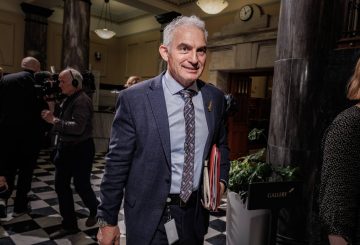Immigration New Zealand has apologised to a Korean-based chef who has waited 3.5 months for a New Zealand work visa.
Chinese-born Zhicheng Huang, who currently lives in South Korea, was offered a job by the Invercargill Licensing Trust. He is one of several overseas-based chefs the licensing trust has offered jobs to in Invercargill because they were not able to hire enough chefs from within New Zealand.
Huang’s long wait for a visa comes at a time when the hospitality sector is desperate for workers.
Speaking to Stuff, Invercargill Licensing Trust chief executive Chris Ramsay said it was a “nightmare” to get chefs into the country with enough speed.
Nicola Hogg, of Immigration New Zealand, apologised to both Huang and his employer, saying she acknowledged the situation must have been difficult.
She said there was a high demand for skilled workers for New Zealand businesses and applications took longer to process in periods of high volumes.
Huang, 28, studied at the Southern Institute of Technology [SIT] in Invercargill and worked for a Trust restaurant in the city from 2017 to 2019.
He currently lives in South Korea with his wife and young child, but is returning with his family to work for the Trust.
Huang, speaking to Stuff from Korea, said the New Zealand immigration process had frustrated him, with multiple attempts to find out the status of his application having failed.
“I feel really upset because … I don’t know what the reason is for the delay. I have studied in Invercargill and worked in Invercargill before, so what’s the problem for my visa?”
Ramsay also said it was frustrating Huang’s application had taken so long to approve.
“Hank [Huang] is probably the best example of how the system just isn’t working. The processing of these applications is painfully slow.
“And we have a number of other chefs lined up from overseas that we have offered employment contracts to, and we are now waiting for the immigration process to get them into the country.”
Ramsay said chefs were scarce in New Zealand. The Trusts owns nine restaurants and all of them are short on staff.
“Every one of our kitchens, I could safely say, could handle another employee.”
However, Huang said he was still excited to return to New Zealand.
“I will come back to Invercargill with my family as soon as possible.”
Image credit: Zhicheng Huang/Stuff.co.nz























































-helped-regain-her-strength-and-balance-using-Nymbl-after-a-fall.-660x440.jpg)


